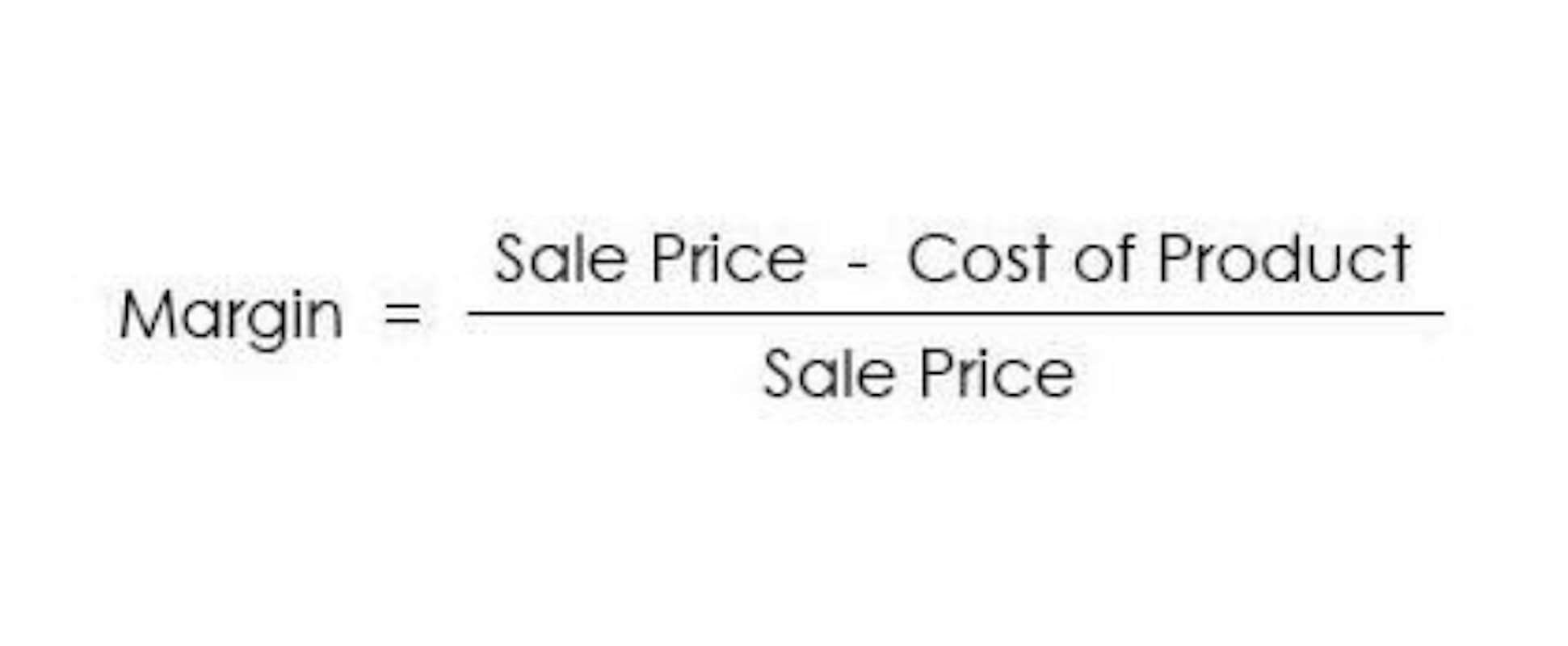Приложение На Айфон, Android Мобильная Верси
January 10, 2023شحن 1xbet مجانا معلوم
January 11, 2023
In addition to listing outstanding shares or capital stock on the company’s balance sheet, publicly traded companies are obligated to report the number of issued along with their outstanding shares. These figures are generally packaged within the investor relations sections of their websites, or on local stock exchange shares outstanding formula websites. The number of outstanding shares of a company changes constantly and is used to calculate its market capitalization. This is done by multiplying the total shares outstanding by the current price per share. So a company with 10 million shares outstanding and a share price of $5 has a market cap of $50 million.
- One important point to note is this exception to outstanding shares.
- One key goal of the diluted share figure is to appropriately calculate earnings per share accounting for all of the potential shares out there, whether currently existing or underlying other instruments.
- This represents an 11% increase in EPS, solely due to the reduction in the number of shares outstanding.
- Before their availability on the secondary market, shares are authorized, issued, and, finally, purchased by investors who became equity owners or shareholders of the issuing company.
- For example, if a startup company issues 10 million shares out of 20 million authorized shares to an owner, and the owner’s shares are the only ones issued, the owner has 100% of the corporation.
- But for mature companies with relatively little movement in share count (either basic or diluted), quarterly and annual data from public sources should easily suffice for solid fundamental analysis.
- Outstanding shares differ from treasury shares, which are the shares held by the company itself and which cannot be sold in the open market.
Typically, companies issue shares when raising capital through equity financing or upon exercising employee stock options (ESO), or other financial instruments. On the other hand, outstanding shares will decrease if the company buys back its shares under a share repurchase program. To illustrate this, let’s take a hypothetical company, ABC Inc., which has 2 million shares outstanding trading at $150 per share, leading to a market capitalization of $300 million. Post-split, the number of shares outstanding will increase to 6 million shares, while the share price adjusts to $50 per share. In financial analysis, understanding the shares outstanding is fundamental to gauging a company’s market value and shareholder equity. The two forms of shares outstanding—basic and diluted—are used to calculate market capitalization and earnings per share (EPS).
Weighted Average Shares Outstanding Calculation Example
The total number of issued and treasury stock includes both common and preferred stock available in the company balance sheet. The buyback increases the market value of the existing shares in the open market. It also raises the company’s earnings per share figure (EPS) since earnings are divided by a smaller number of shares. A share repurchase generates a higher income per share, making each share more valuable. The purpose of the repurchase can also be to eliminate the shareholder dilution that will occur from future ESOs or equity grants.

The outstanding shares formula is represented as issued shares minus shares held in the company’s treasury or treasury stock. Through this formula, one can determine the outstanding shares of a company. When you purchase a stock, you buy the shares outstanding from the company’s floating shares.
What Are Outstanding Shares? Copied Copy To Clipboard
Shares outstanding are used to determine a company’s market capitalization, i.e. the total value of a company’s equity, or equity value. However, due to the fluctuations in share counts between reporting periods, the figure is typically expressed as a weighted average. The term shares outstanding is defined as the total number of shares a company has issued to date, after subtracting the number of shares repurchased. As such, index providers such as S&P and others are market leaders in setting a precedent for calculating floating stock methodologies.



